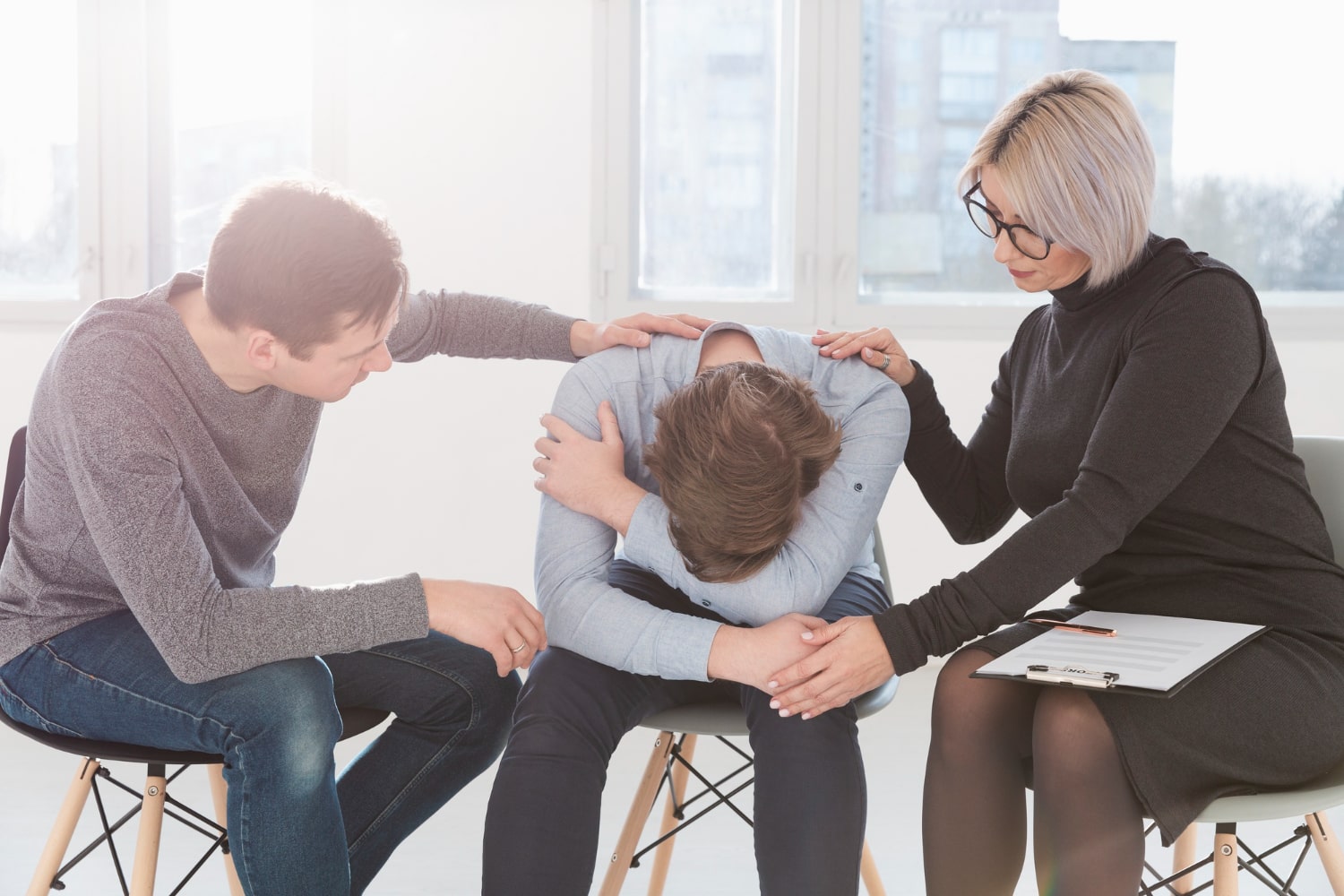
Suicide prevention strategies in India: Beyond awareness
When we talk about suicide prevention strategies in India, it's clear that we need to look beyond just raising awareness. Statistics show that people living in big cities seem to be hit harder by mental health issues. And it's not just a small fraction of people we're talking about. Those who are struggling the most often come from lower-income backgrounds, where life's challenges are already piling up, making it even tougher to deal with mental health problems.
Now, if we focus on adults, particularly those over 18, 0.9% are at high risk and 0.7% are at moderate risk of suicide. This might sound like a small percentage, but when you think about India's vast population, it's a significant number of people walking around every day....nearly 23 million people are quietly battling these dark thoughts. And who's at the greatest risk? It turns out that women, more than men, are struggling with this burden. Specifically, women in urban metro areas and those in their 40s—these groups are in dire need of attention, support and help.
Where this tragedy is hitting the hardest?
Maharashtra, Tamil Nadu, Madhya Pradesh, West Bengal, and Karnataka—these five states alone account for over half of the suicides reported in India. Just think about that for a second. Half of all the suicides in this vast country are happening in just five states.
It's clear that there are regional factors at play, whether it's economic hardship, lack of mental health services, or maybe even cultural issues that prevent people from seeking help. Of course, limited awareness and stigma surrounding mental health issues in India contribute to the underutilisation of mental healthcare services. This stigma leads to discrimination, social isolation, and prejudice against individuals seeking help. This stigma discourages individuals from openly discussing their mental health concerns and seeking timely treatment.
There's this huge cloud of stigma hanging over anyone who admits they're struggling. People are scared that if they open up about their mental health issues, they'll be judged, isolated, or treated differently. So, they stay quiet. And that silence can be deadly. Instead of reaching out for help, people are suffering alone, and that's a tragedy we need to address head-on.
Existing government policies and programs:
It's clear that there has been a growing awareness and effort to address mental health issues across the country, though it's important to note that many of these initiatives aren't just about suicide prevention strategies in India; they cover a wide spectrum of mental health concerns.
Tele-MANAS: This is an initiative launched by the Ministry of Health and Family Welfare in 2022, offering mental health support and counselling via telemedicine.
Manodarpan Initiative: It provided psychosocial support and counselling to students, teachers, and families, initiated by the Ministry of Education in response to the COVID-19 pandemic.
The Mental Health Care Act 2017: It has provisions for mental health care and services for those with mental illness and for protecting and promoting the rights of such people.
Top-down strategies are not enough
Tackling suicide in India requires more than just awareness campaigns from the top levels of government. While these efforts are important, they're not enough on their own. Think about it: suicide rates vary dramatically within the country, depending on the region. This tells us that a one-size-fits-all approach just won't cut it. We need something more personalised... something that resonates with the unique challenges and needs of each community. We need community.
These are the people who can truly understand what their neighbours/families are going through. If they have knowledge about mental health first aid, they can be the ones who are able to bridge the gap between sweeping national policies and the everyday realities of life in their towns and villages. Communities can adapt evidence-based interventions to suit their specific circumstances, making them far more effective than any blanket approach.
No single person, awareness campaign, organisation, strategy, or even the government can tackle this issue alone. Suicide prevention strategies in India are a collective effort. We can't just leave this to healthcare providers and administrators, though they obviously play a crucial role. Politicians and lawmakers need to get involved, too, not just in passing laws but in genuinely understanding the struggles people face. But let's not forget the community —they often have the trust and reach that others don't. They can provide a listening ear and a (science-backed) helping hand in ways that are deeply meaningful.
Final thoughts
So, we can't just keep raising awareness and think that's enough. Sure, awareness is important, but it's just the first step. We need to break down the barriers that prevent people from accessing the help they need. That means fighting stigma in a real, tangible way...starting conversations, offering support, and making mental healthcare not just available but truly accessible to everyone, no matter where they live or how much they earn.
National suicide prevention strategies in India aren't just a government policy. It's a movement... one that requires the buy-in and active participation of everyone in society. After all, knowing about mental health is the first step to managing it!


